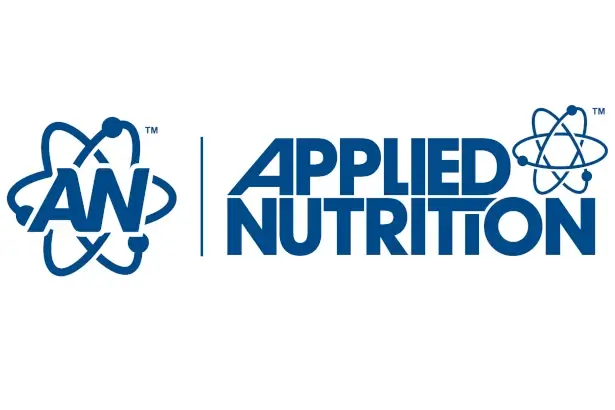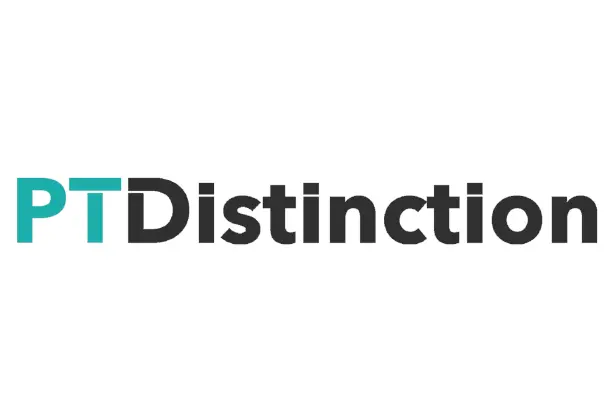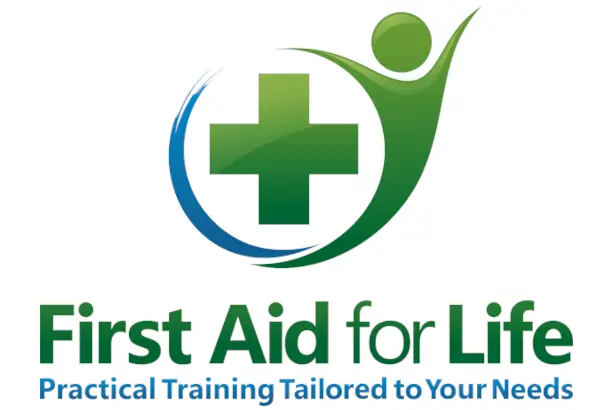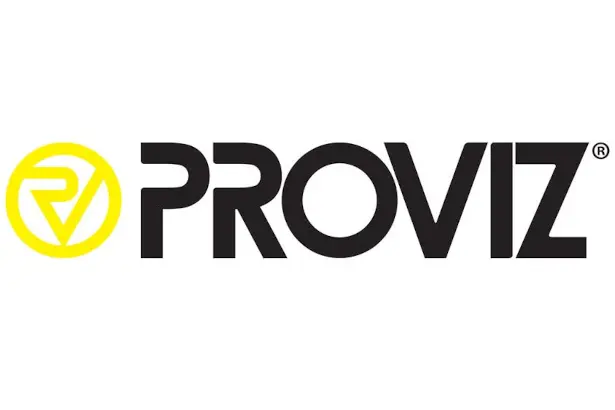Want to know how to become a Pilates instructor, but have no clue where to start? You’re in the right place, this comprehensive guide will break down the process into 5 simple steps, to help kickstart your new career.
We’re going to walk you through everything, including topics such as:
- What Does a Pilates Instructor Do?
- 5 Easy Steps to Becoming a Pilates Instructor
- How Much Do Pilates Instructors Earn
- FAQs
If you have a passion for health and fitness and are looking to help others reach their full potential, why not work in the industry in a professional capacity? By completing qualifications like OriGym’s Level 3 Yoga Teacher Training course you can not only deepen your practice but help to enrich the lives of other enthusiasts too.
To learn more about this rewarding qualification, and all the other courses we offer at OriGym be sure to download our FREE course prospectus here.
What Does a Pilates Instructor Do?
In the simplest of terms, Pilates instructors create and guide their clients through sessions teaching them how to perform the practice safely and effectively.
These classes can range in style and delivery, with both mat and reformer variations being incredibly popular with fitness enthusiasts.
Think of mat as the OG practice, which only takes your bodyweight for resistance. Whereas reformer Pilates incorporates equipment to help enhance your strength, flexibility and balance – More information on how these two styles vary can be found in our in-depth exploration on The History of Pilates here.
When you become a Pilates instructor you’ll find yourself teaching groups workout classes, offering feedback and support to multiple attendees.
Additionally, you can also offer bespoke 1-to-1 training, where you’ll create a specific routine designed solely for a single client’s abilities and fitness goals.
Here’s an idea of what a typical day teaching Pilates could look like:
- Guiding clients by correcting their form
- Motivating them to push through the initial soreness and perfect their technique
- Aiding them in muscle toning, especially with muscles that they don’t use regularly
- Helping clients to improve their flexibility, as this is a base skill of Pilates
- Focusing on client’s balance, and demonstrating how to master this (especially on the mat prior to the reformer)
- Demonstrating each movement with clarity – you really need to love teaching as much as you love the exercise!
When looking up how to become a Pilates instructor, it’s important to remember that you won’t just sit at the front of the class and say ‘follow me’. A Pilates career involves a lot of hands-on work, and is very much a teaching-based role.
5 Easy Steps to Becoming a Pilates Instructor
If you’ve been questioning ‘How Do I Become a Pilates Instructor?’ this section will break down the process into 5 easy to follow steps:
Step 1: Check What Skills And Traits You Need
Before you even apply for a job it’s important to understand whether you’ll even be a right fit for the role. To help you get started, we’ve compiled a list of the skills and traits employers look for when hiring Pilates instructors:
- Be passionate about fitness
- Have a lively personality
- Have a good degree of physical flexibility
- Be interested in Pilates and the knowledge it requires
- Willing to communicate and work with large groups
- Have a lot of patience (relaxed approach )
- Be persistent in your approach
- Have organisational skills, particularly if working freelance
- Be open to learn new business skills
- Follow a reasonably healthy lifestyle
- Have a motivational effect on clients
Skills like communication are key as you’ll be responsible for the safety of your clients, meaning you’ll need to provide clear instructions when performing both mat and reformer workouts.
Likewise, you should strive to make these sessions fun and engaging, to keep clients motivated and coming back for more sessions. The importance of both these skills can be seen in the following job advertisement below:

You can get a feel for the knowledge side of things from simply going to a few Pilates classes yourself (if you don’t already). This will give you a feel for what the role requires and involves, and you’ll be able to tell after a couple of sessions whether it’s something that you can picture yourself teaching or not.
Step 2: Find The Right Course
When becoming a Pilates instructor your qualifications are the foundation of your knowledge and will ultimately determine how confident and effective you are whilst delivering Pilates to clients.
So, how do you choose a Pilates instructor course provider? Well, when researching courses ask yourself the following questions:
- Are they CIMSPA endorsed?
- How good is their pass rate?
- Do they provide re-sits free of charge?
- Think about their location – is it convenient for you?
- Can the course be studied in a flexible manner? Part-Time, Full-Time, or Online?
- What study resources do they provide for you?
- What will you learn? (check out their prospectus)
- Do they have a good employment rate after graduation?
- Do they offer post-course support?
- It may sound like a lot to take in, but it’s better to get this part right before rushing into a course that isn’t well-suited for you.
Getting a CIMSPA-endorsed qualification is something you certainly want to look out for in terms of how creditable and legitimate your qualifications will be. Without these endorsements, you risk getting your training from untrustworthy sources.
The most overlooked aspect when it comes to choosing a Pilates instructor course provider is practicality, specifically location. It’s frustrating when a course ticks all of the boxes apart from this one, and that’s understandable – but you should consider it nonetheless.
Imagine beginning a course that is perfect for you only to find that you’re unable to travel there, or that you’re constantly missing workshops due to lateness. You don’t want to waste your money or your time, so make sure your dream course is literally in reach before you sign up.
Conducting further research can also help to make this decision easier, as you will have a greater knowledge of the practice to base your choice on.
Step 3: Get Qualified
To become a Pilates instructor you’ll need to undergo training with a reputable provider. But what qualification do you actually need?
Specifically, you’ll need to first gain a Level 3 Mat Pilates Qualification. This course will act as a prerequisite for the rest of your career, as it’s something that every employer will look for, as evident from the following example below:

As evident from the screenshot above, you’ll also need to hold a Level 3 Reformer Pilates Qualification if that is the style you wish to teach.
Be aware, many training providers will require you to hold a Mat Pilates Certification before enrolling on a Reformer Course. Prior to enrolling, you should always read your chosen training provider’s entry requirements diligently to understand what certifications you’ll need to have.
Step 4: Find The Right Insurance
Once you’re qualified, the first thing that you should do to ensure you’re practising safely and legally is to research relevant Pilates insurance policies.
Specifically, you’re going to want to ensure you find coverage that includes the following 2 policies:
- Public Liability Insurance – Which offers protection in the event a client is injured under your supervision during a class
- Professional Indemnity Insurance – Protects you in the event a client claims your advice / teachings were inaccurate and caused them to become injured
Other policies you may to invest in once you become a qualified Pilates instructor include equipment insurance, which can cover the cost of your property if it’s damaged. In addition to personal health coverage which can help support you financially if you’re personally injured on the job.
Be sure to conduct research into a variety of providers like Insure4Sport, to compare their coverage and find the best protection for you.
Step 5: Market and Start Your Business

If you’re feeling adventurous and see yourself as the next Mari Winsor, the woman credited with making Pilates famous in the modern world, then you’re in the right place.
If opening your Pilates studio is on the cards, then here’s a quick checklist for you to refer back to:
- Experience – Do you have enough experience to start charging a good price for classes/one-to-one sessions?
- Location – Think about where your Pilates studio could be based to maximise business. A town or city centre?
- Systems – How would you manage your clients and your schedule? Work out all of the mechanics of your business before marketing it. You’ll be putting your best foot forward then!
- The Studio – What does it require for you to work safely and effectively? Is it legally up to scratch? Double check all of this before opening
- The Opening– before you open, promote your studio with offers and discounts! This will spark an interest with the community, and hopefully earn you a flock of clients
Once you’ve mapped everything out and know how your studio will operate, it’s time to get some clients!
#1 – Get Online and Create a Website

When it comes to marketing your Pilates business, creating a website is absolutely vital for your online visibility.
If you’re looking to attract more clients to your classes, you should seek to improve your site’s SEO (search engine optimisation). These practices can include incorporating keywords into your site, such as ‘Pilates Instructor in (INSERT LOCATION HERE)’.
Implementing these practices into your site can help you rank on Google’s first page of results for specific keywords. As a result, your site will see a greater number of visitors due to its improved visibility.
Your website should promote your services to prospective clients, telling them everything they need to know in order to get them to sign up. For example, take a look at the details available on instructor Lottie Murphy’s homepage alone:

Having member sections of your website is a great way to create and share content that has been created specifically for your paying customers and will not be available to general visitors.
Check Lottie’s membership section, where she releases regular pre-recorded Pilates classes, as well as promoting her upcoming live sessions:

In addition to selling monthly subscriptions for clients, you could also sell these virtual classes as standalone videos, suitable for one time purchases.
#2 – Create Social Media Profiles

In the fitness industry, social profiles are very important in the promotion of your business.
Instagram is the ideal platform to create and display content that best reflects who you are as a Pilates instructor. Some of the content you could includes:
- Video content – Clips from your sessions and quick tutorials explaining how to execute movements work particularly well. Renderforest reports that users who use video marketing grow revenue 49% faster than those who rely on static images.
- UGC (User Generated Content) – This is a great way to social proof your business and show the validity of your training. On top of this, it creates a sense of community and will prompt others to tag you in their own content.
- Story Posts – This can be updated throughout your work day to give your followers a behind the scenes look at your brand.
In addition to this, META’s ad functions allow you to target your ideal demographic. With options to focus on aspects such as a client’s:
- Age
- Gender
- Location
- Interests
This can be used to ensure that your ideal demographic invests in your Pilates business. For more information on using this platform as a Pilates instructor check out our article ‘How to Start a Fitness Instagram Account’.
How Much Do Pilates Instructors Earn?

Before becoming a Pilates teacher, you need to understand how much you can earn in this role.
For clarity, the role of a Pilates instructor does not have one fixed salary, instead the total sum of your earnings can be influenced by a variety of factors such as:
- Your location
- The amount of experience you have
- How you work – e.g. contracted or self-employed
For example, according to Indeed a Pilates instructor in London will earn an average of £34.42 per hour:

Now compare this to an instructor in Liverpool who earns an average of £25.96 per hour:

This highlights just how salary differs depending on your location, as instructors in London are often paid more to balance their higher fees for utilities such as rent, gas and electric etc.
Similarly, if we look the average salary for a contracted Pilates instructors as reported by Glassdoor, we can see the average annual earnings range between £21k – £35k:

This can differ for self-employed instructors, as in this position your earnings are uncapped, due to the fact that you have direct control over your working hours and what you charge.
Before You Go
Now you know how to become a Pilates instructor, you can kickstart your career on the right foot and set yourself up for future success.
If you’d like to incorporate even more services into your business to increase your reach and get more clients, why not sign up for a Level 3 Diploma in Teaching Yoga.
Alternatively, download our course prospectus to learn more about OriGym’s award-winning training.
FAQs
How Long Does It Take to Become a Pilates Instructor?

This question is somewhat subjective and is influenced by factors such as which provider you choose and whether you want to specialise in Mat or Reformer Pilates.
For example, some training providers will offer intensive courses that will see you earn your Level 3 Qualification in as little as 6-8 weeks. This is often seen as the ‘fastest’ way as others will spread the qualification content over an extended period of 6-12 months.
However, if you then want to progress on to a Level 3 Reformer Pilates Course, which will take an additional 8-12 Weeks (on average).
Be aware, you need to complete a Level 3 Diploma in Mat Pilates prior to enrolling on a Reformer qualification.
Where Can You Work as a Pilates Instructor?
Once you’re qualified you can work in a number of different locations including specialist Pilates studios as well as general gyms and fitness centres across the country.
An example of these jobs can be found below, where Virgin Active is looking to hire a reformer instructor:

Alternatively, you could start up your own business and choose a location that’s ideal for you. This could include renting a space at a local fitness facility or operating a mobile business and travelling directly to your clients.
Do You Need a Level 3 Qualification to Teach Pilates?
A Level 3 Qualification in Mat Pilates is the minimum requirement for working in the industry. Upon successful completion of your course, you can then progress onto specialist qualifications such as Level 4 Mat Qualifications or Level 3 Reformer Pilates.
Can I Teach Pilates Without a Degree?
Yes, because you do not need any form of higher education qualifications or degrees to become a Pilates instructor.
The only certification you will need to complete as a mandatory prerequisite is the Level 3 Course in Mat Pilates. Following graduation, you can pursue a career as an instructor or advance your training and develop a specialism with a Level 3 Reformer Qualification.
Is Being a Pilates Instructor a Good Career Choice?
There has never been a better time to become a Pilates instructor, as the industry in the UK is booming!
BStrong reports that the industry saw a 33% growth in class reservations in 2024, with London alone growing by 136%.
To discover whether this career is suited for you, it’s recommended that you attend classes in your free time. This will allow you to learn more about the industry from experienced professionals, who can offer guidance and support.
What is The Difference Between Pilates Instructor Training and Pilates Teacher Training?
Typically in the fitness sector, terms like instructor and teacher can be used interchangeably, for example in Yoga this is often the case.
However, when it comes to Pilates the terms actually represent two different roles. For example, an instructor’s primary responsibility is to deliver classes to clients, offering demonstrations and support to those in attendance.
Teachers are instructors who have furthered their practice, after dedicating years of their life to Pilates. They study their clients movements to identify whether they require additional support for issues such as postural alignment, before offering adaptations to suit their needs.
With that being said, there are no differences when it comes to training – everyone will need to earn a minimum of a Level 3 Mat Pilates Certification.


















